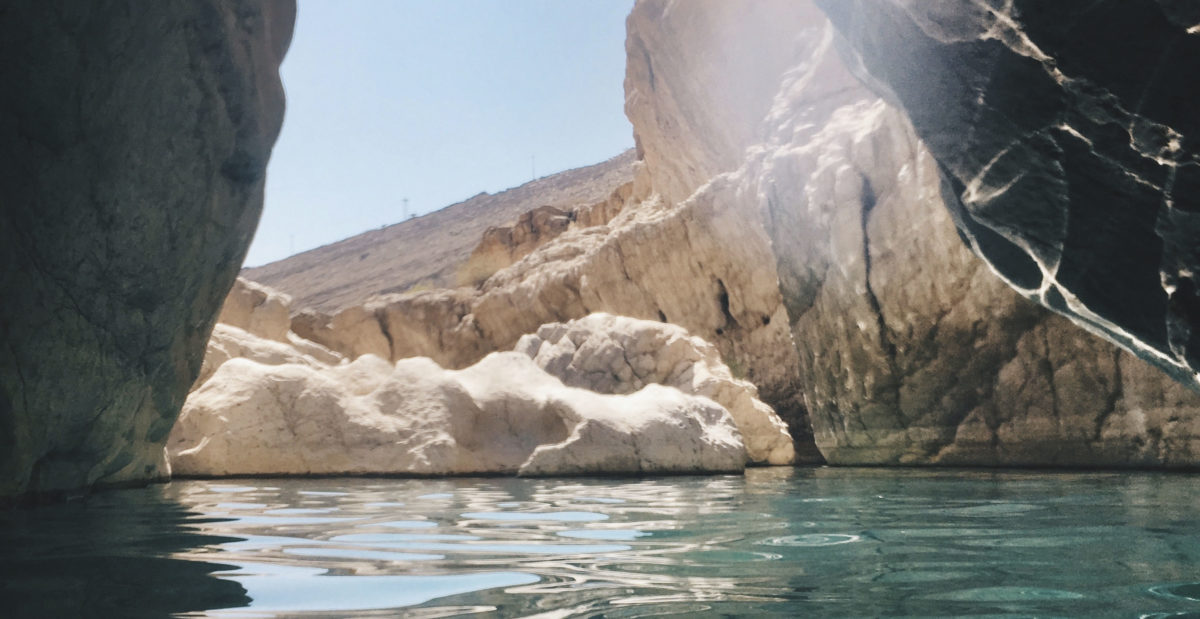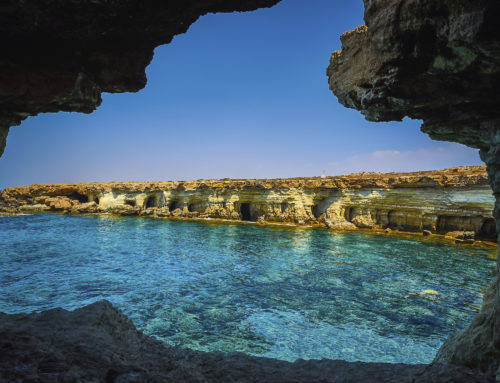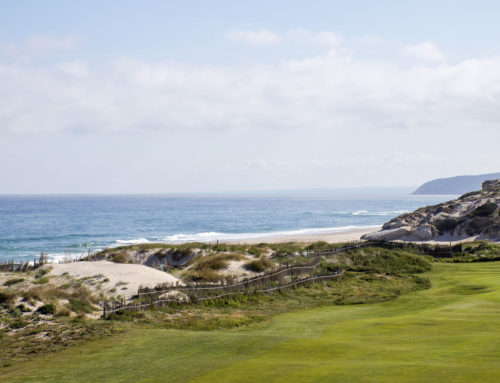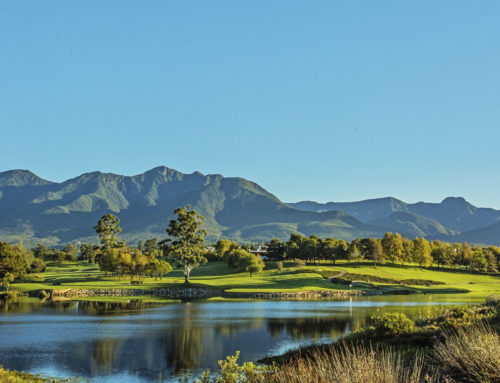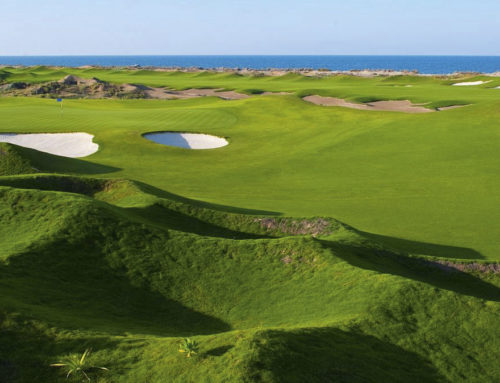Oman and the UAE may be next-door neighbours, but the contrasting approach to tourism in the two nations makes them seem more like distant cousins than kindred spirits.
While the UAE — with Dubai leading the way — has commandeered the fast lane when it comes to attracting visitors, Oman has adopted a more considered approach: relying more on its natural attributes and rich heritage than showpiece malls and skyscraping towers.
This modus operandi has borne considerable fruit. Travel bibles such as Lonely Planet regularly promote the Sultanate as one of the world’s most alluring travel destinations and visitor numbers are rising annually at a healthy average of around five per cent.
It is not surprising that so many visitors have fallen for the country’s charms. In addition to towering sand dunes and rugged mountains, the nation’s natural attributes have bequeathed it spotless beaches and some of the best diving in the Gulf. Other draws, meanwhile, include palatial hotels, rich heritage and warm, embracing people.
Oman’s all round slow and steady strategy has also been applied to its adoption of golf as a way of tempting visitors.
Unlike the UAE, where golfers were enjoying manicured fairways and putting surfaces when bubble perms and shoulder pads were seen as the height of fashion, Oman didn’t get its first grass course until Muscat Hills opened for play in 2009.
While that breakthrough might have been expected by some to prompt a ‘golf rush’, development has continued to progress at a somewhat languid pace.
Having said that, the addition of the spectacular Al Mouj course — a Greg Norman design that ranks as one of the best layouts in the Middle East — has certainly helped bolster Oman’s standing as a worthy destination for golf tourism.
Indeed, with the venerable Ghala Golf Club (a layout that dates back to 1971) having been transformed into a grass course, visiting golfers can enjoy a highly enjoyable and varied few days of play around the country’s charming capital, Muscat.

